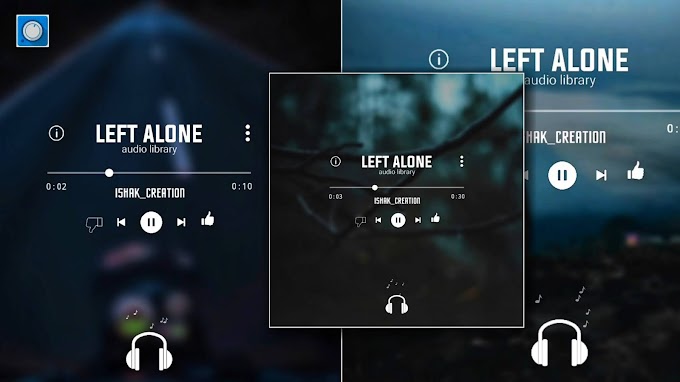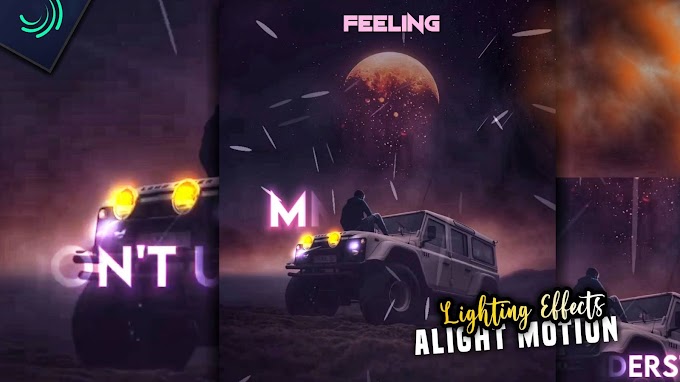Awesome Anime Face Capcut Templates
Anime is a popular form of animation that originated in Japan. It encompasses a wide range of genres and styles, including fantasy, science fiction, romance, action, and comedy. Anime often features vibrant and colorful artwork, distinct character designs, and storytelling elements that cater to a diverse audience.
Anime has gained significant popularity worldwide and has a dedicated fan base. It has produced numerous iconic series, films, and characters that have become cultural phenomena. Some well-known anime franchises include "Dragon Ball," "Naruto," "One Piece," "Attack on Titan," "Death Note," "My Hero Academia," "Pokémon," "Studio Ghibli films" (such as "Spirited Away" and "My Neighbor Totoro"), and many more.
Anime is not limited to a specific age group, and there are anime series and films suitable for both children and adults. It often explores complex themes, emotions, and character development, which contribute to its enduring popularity.
The production of anime involves a combination of hand-drawn and computer-generated techniques. It typically begins with a manga (Japanese comic) or light novel adaptation, but original anime series and films are also prevalent. Anime studios employ talented directors, scriptwriters, animators, and voice actors to bring these stories to life.
Anime has a significant impact on various forms of media, including video games, merchandise, and cosplay. It continues to evolve and expand its reach, with new anime series and films being released regularly to captivate audiences around the world.
Anime faces often have distinct characteristics that set them apart from realistic or Western-style cartoon faces. Here are some common features and elements you might find in anime character faces:
Large eyes: One of the most iconic features of anime faces is the exaggerated size of the eyes. They are often much larger in proportion to the rest of the face compared to real-life proportions.
Expressive eyes: Anime eyes are known for being expressive, with various shapes, colors, and highlights used to convey emotions. Sparkles or glints are sometimes added to make the eyes appear more lively.
Simplified or stylized facial features: Anime faces often have simplified or stylized versions of facial features. The nose may be represented by a small line or dot, and the mouth can range from a simple line to a more detailed depiction of lips.
Unique hairstyles: Anime characters frequently sport distinctive and elaborate hairstyles that can range from simple to intricate designs. These hairstyles can be colorful, gravity-defying, and help to differentiate characters.
Facial proportions: While anime faces can vary depending on the style and artist, they often feature a relatively small and pointed chin, a small or flat nose, and a simplified or angular face shape.
Blushing or flushed cheeks: Blushing is commonly used in anime to depict embarrassment, shyness, or romantic feelings. It is often represented by pink or red-colored cheeks.
Emphasis on emotions: Anime faces are highly expressive, and emotions are often exaggerated to convey the character's feelings. Characters may have exaggerated sweat drops, teardrops, or pulsating veins to emphasize their emotional state.
It's important to note that anime is a diverse art form, and different artists and studios may have their own unique styles and variations. These features are not set in stone and can vary depending on the specific anime and artist's interpretation.
Creating an anime face template can be a fun and creative process. While there are no strict rules, here's a simple step-by-step guide to help you get started:
Step 1: Draw the basic head shape
Begin by drawing a large oval or circle to represent the head. This will serve as the foundation for your anime face.
Step 2: Add guidelines for facial features
Divide the head shape horizontally and vertically to create guidelines for the placement of the facial features. The horizontal guideline will help you position the eyes, while the vertical guideline will assist with placing the nose and mouth.
Step 3: Sketch the eyes
Anime eyes are a prominent feature. You can choose to draw large, expressive eyes with exaggerated proportions. Start by placing the eyes along the horizontal guideline. Experiment with different eye shapes, such as round, almond-shaped, or even more stylized variations.
Step 4: Draw the nose and mouth
Position the nose along the vertical guideline, usually as a small line or a simple shape like a triangle or oval. The mouth can be placed slightly below the nose. Anime mouths are often represented by a curved line for a simple smile or a more detailed shape for different expressions.
Step 5: Add eyebrows and other details
Draw the eyebrows above the eyes to convey different expressions. Arched eyebrows can indicate surprise or anger, while straighter eyebrows can give a more neutral expression. You can also add additional details like eyelashes or highlights in the eyes to enhance their appearance.
Step 6: Complete the hairstyle
Anime hairstyles can vary widely, so feel free to get creative. Sketch the hair around the head, considering the character's personality and style. Experiment with different hair lengths, textures, and accessories like bows or hairpins.
Step 7: Refine and add details
Once you have the basic features in place, refine the lines and shapes, adding more detail and cleaning up any rough edges. You can also experiment with shading and adding highlights to give the face more dimension.
Remember, these steps are just a general guide, and you can modify and adapt them to create your own unique anime face template. Don't be afraid to experiment and let your creativity flow. Happy drawing!
CapCut is a popular video editing application developed by Bytedance, the same company behind TikTok. Formerly known as Viamaker, CapCut offers a range of editing features and tools that allow users to create and edit videos with ease. It is available for both Android and iOS devices.
Key Features of CapCut:
Video editing tools: CapCut provides a variety of video editing tools, including trimming, splitting, merging, and adjusting video clips. It allows users to cut and rearrange footage to create their desired sequences.
Effects and filters: CapCut offers a wide range of effects, filters, transitions, and animated stickers that users can apply to their videos. These effects can enhance the visual appeal of videos and add creative elements.
Text and titles: Users can add text overlays and titles to their videos, choosing from a selection of fonts, colors, and styles. This feature is useful for adding captions, subtitles, or introducing different sections of the video.
Music and sound effects: CapCut allows users to add background music to their videos, either by choosing from a library of built-in tracks or importing their own music. Users can also apply sound effects to specific parts of their videos for added impact.
Speed adjustment: Users can adjust the playback speed of their videos, creating slow-motion or time-lapse effects. This feature is handy for adding dramatic or comedic effects to video content.
Image and video overlays: CapCut enables users to overlay images, videos, or even animated GIFs onto their videos. This feature can be used to add visual elements, create picture-in-picture effects, or showcase multiple media simultaneously.
Easy sharing: Once the video editing is complete, CapCut allows users to directly share their videos on social media platforms or save them to their devices.
CapCut has gained popularity for its user-friendly interface and intuitive editing features, making it accessible to both beginners and more experienced video editors. It provides a convenient and versatile platform for creating and editing videos, including those with anime face templates or any other creative elements.





0 Comments